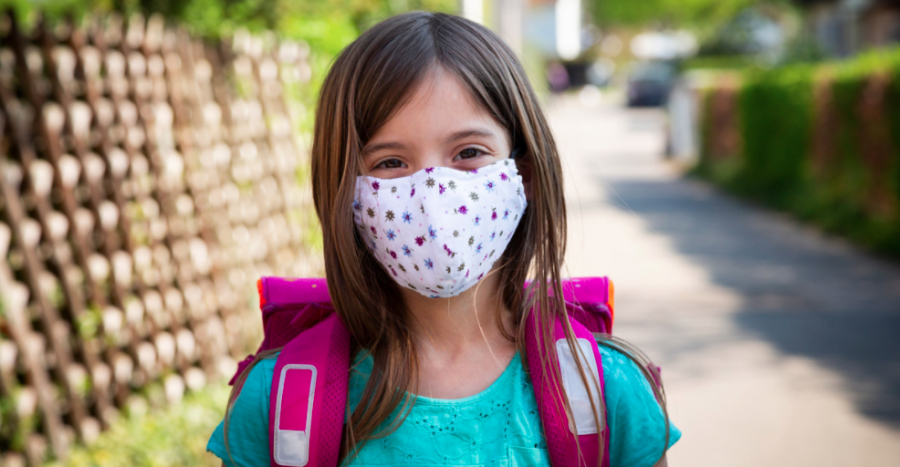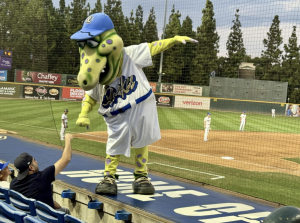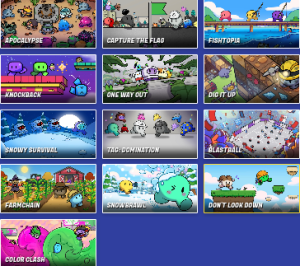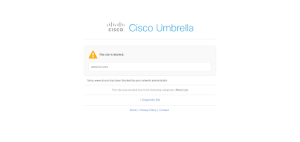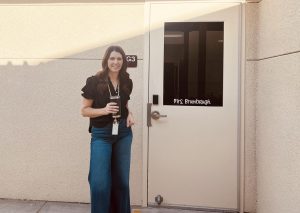Going Back to School
Many students are eager to return to their school campuses, but is it safe?
March 24, 2021
You overhear your parents discussing your return to school. Are they a little too eager to send you back? Are they certain denying virtual learning is the safest option? This will cross more than a few students’ minds over the next few weeks.
For many students around the globe, distance learning has been a significant struggle. Even the slightest possibility of returning has kept thousands of students at the edge of their plastic seats. But is it safe? With rumors of a new strain of Covid-19, no one knows what things will look like in the future.
“I really want to go back to school so I can see my friends again,” said 7th grader Griffin F.
With Covid cases dropping, teachers and administrators have been preparing for students to return to campus safely on a hybrid schedule, yet many parents and students are unsure of how an outbreak is going to be avoided.
“Let’s not use perfect as an excuse to safely, thoughtfully, judiciously, strategically get our youngest kids back in first,” said California Governor Gavin Newsom.
Although many are eager to get back to school, students and parents agree that keeping everyone safe is the most important consideration. Another outbreak could cause countless hospitalizations and deaths. With this in mind, the Etiwanda School District has made adjustments to the school campuses, as well as added certain procedures to the typical school day to fit the Covid-19 safety regulations, ensuring the safest possible transition back on campus.
According to Jeff Sipos, principal of John L. Golden Elementary School, some of these changes include drop-off and pickup times for students, the taped covering of drinking fountains, and the closure of our school libraries. Activities that students typically enjoy during their school year, such as the STEM (science, technology, engineering, and mathematics) lab and field trips, will not be taking place. In addition, staff will work to make sure that students have as little contact as possible. Thus, the limit of students in the classroom is 14-16, and kids will be instructed to walk on the right side of the hallway when going from class to class.
“We have blue dots painted all over the front of the campus and the backside,” said Mr. Sipos. “At dismissal time, each teacher has a designated area for pickup. [For] third through fifth-grade teachers, each teacher has five lines with three dots out front, so that’s fifteen dots for the kids to stand on.”
Although it may be challenging to make the transition, hybrid learning has many benefits as well. According to Mr. Sipos, when students are learning virtually, it is harder to engage in the curriculum. With hybrid learning, students can connect with their teacher and other students, and learn more from each other.
“Learning can happen in a vacuum- you can pick up a book and read a book at home by yourself,” said Mr. Sipos. “But learning happens best when a student is engaging with a teacher who already knows the content and understands what kind of pitfalls kids fall into.
Even if it is safe enough to return to school, many people wonder if we should simply wait until the fall. After all, with only six weeks left in the school year, what is the point of returning for such a short amount of time?
“I think it is too late in the year to be returning to school. We should just wait for Covid to go down and go back to school next year,” said Griffin F.
With most students still in virtual learning, districts have also debated moving forward with state testing. One solution may be to require a modified, shorter version.
“I think we should do a modified version of the test instead of the full version,” said Griffin F.
Another concern regarding school closures is the escalation of suicide statistics since the closure of schools. According to National Public Radio, there has been a 250% increase in the United States. Experts explain that students previously used school as an escape from issues occurring at home. But with virtual learning, there is no escape.
However, 91% of teachers in the Los Angeles Unified School District recently voted against a return apart from strict guidelines, including that all “teachers and school staff [are] vaccinated,” and that teachers will return until their county reaches the purple tier.
Last Tuesday, the positive rate of Covid cases in San Bernardino dropped into the red tier. If the county stays red, schools will be permitted to return to the initial hybrid schedule. However, it is up to each school district to make the final decision.
“Students are expected to return in two weeks. The return is dependent on the county’s count of less than 7 per 100,000 people,” said 7th-grade teacher Ms. Bailey.
Along with Etiwanda School District, other districts have started to transition back to in-person learning. Dr. Giovanni Annous, superintendent of Upper Lake Unified School District, is currently accommodating about 65% of their students on campus for five days each week.
“In my elementary school, 266 out of my 370 students come to school for five days a week. In my middle school, I have 127 students out of 195 students that come to school. And in my high school, I have 168 students out of 295 that come to school as well,” says Dr. Annous.
To ensure the safety of students in the Upper Lake Unified School District, certain precautions, such as the distribution of PPE (Personal Protection Equipment), have been put into place.
“Every morning students are given masks if they don’t already have one, a temperature check, and a sanitizer pump. In classrooms, special dividers were made to separate the students and the teacher. At the middle of each table is a basket filled with hand sanitizer, gloves, and masks,” says Dr. Annous. “Furthermore, we added in each class an 89-inch flat-screen TV, complete with a webcam and mic system as well as speakers in order for the students on distance learning to be life-size to where they can interact with the teacher and the other classmates. Lastly, we bought $1400 hospital-grade air purifiers made in Switzerland that can circulate the air of a space of 1500 sq ft in 20 minutes. Since the classrooms are 900 sq ft the air purifier circulates the air in about 12 minutes – five times an hour, 24/7.”
According to Dr. Annous, students have acclimated to the changes.
“The students have been grateful all year round. They’ve accepted the changes as a tradition and are happy with them every day.”
After a hard and stressful year, kids may finally be able to return to school where they can see their friends once again. But time will tell whether it will be safe enough.


